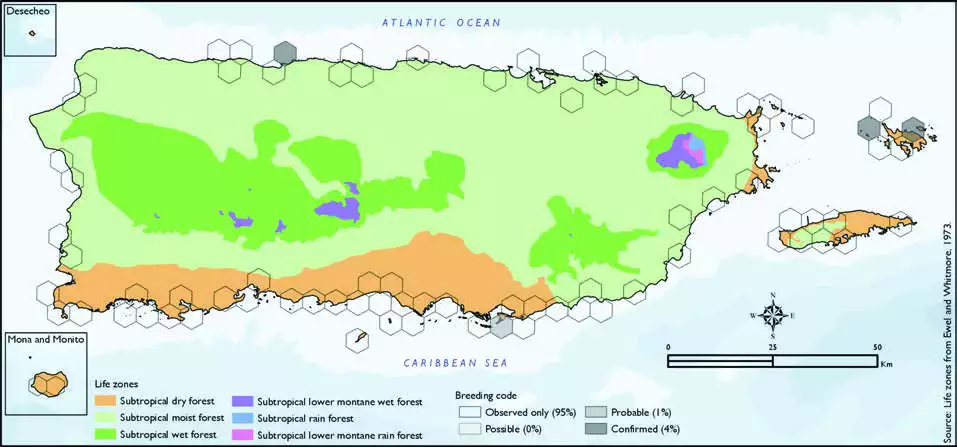Royal Tern
Description
The royal tern (Thalasseus maximus) is a tern in the family Laridae. The species is endemic to the Americas, though strays have been identified in Europe.
Adult royal tern and sandwich tern (right) in flight at Core Banks, North Carolina.
Threats
The royal tern has few predators when it is mature, but before the chicks hatch or while they are chicks the tern is threatened by humans, other animals, and the tides.[17] Humans threaten terns by fishing and by disrupting the tern nesting sites. Fishing nets can catch a tern while it is diving, making it unable to feed or it may cause it to drown if it is caught under water. Animals such as foxes, raccoon, and large gulls prey on tern chicks and tern eggs.
Distribution & Habitat
The Royal Tern occurs on the western coast of Africa (Biaggi
1997, Oberle 2018, Raffaele
and others 1998) and from the
Southern United States through
much of coastal South America
including the West Indies
(Raffaele and others 1998). In
Puerto Rico, it is a common
visitor during winter in the San
Juan Harbor, Laguna San José,
Laguna Torrecilla, Boquerón Bay,
and Mayagüez (Oberle 2018).
On Vieques, it is considered
a common non-breeder in all
seasons (Gemmill 2015). It has
been known to nest on Mona
(McCandless 1958) and cays near Culebra (Kepler and Kepler 1978,
Oberle 2018). It usually inhabits
coastal marine waters (Oberle
2018), harbors, and lagoons
(Raffaele and others 1998). The
atlas fieldwork yielded a total of
134 records within 82 hexagons
or 17 percent of the 479 total
hexagons (see map). Of the 82
hexagons where the Royal Tern
was found, breeding met the
atlas definition of confirmed in 4
percent (3) of the hexagons and
probable in 1 percent (1), while
the species was observed in 95
percent (78) of the hexagons but
without evidence of breeding
(see map). Royal Tern distribution. The map shows the highest breeding code by hexagon and overlaying the ecological life zones in
Puerto Rico. Note: percentages may not total 100 due to rounding. 125Royal Tern/Charrán Real

Breeding Habits
Previously published reports indicate that the Royal Tern
breeds from April to July but
is irregular as to number of
pairs and location (Raffaele and
others 1998). Nesting is generally
colonial and on small cays, and
the nest consists of a scrape
made on a sandy beach or in a
rocky depression (Oberle 2018,
Raffaele and others 1998). Atlas
results show that this species
breeds during May and June
(see chart). Overall, the breeding
activity peaks in June, and it
mostly takes place within the
subtropical dry forest life zone
(see chart). Results show that this species breeds in coastal areas
mostly within the subtropical dry
forest life zone (75 percent of the
hexagons) (see table), but it also
breeds within the subtropical
moist forest life zone (25 percent
of the hexagons) (see table
and map).
Conservation
The current overall population trend of the Royal Tern is
described as stable, although
some populations have unknown
trends (Wetlands International
2012), and it is currently listed
as a species of least concern by
the IUCN (BirdLife International
2018). In Puerto Rico, Oberle (2018) noted that the only
confirmed breeding sites for
Royal Terns were on cays off
Culebra, but that breeding on
these sites was reduced since
1988 to just a sporadic handful
of breeding pairs. Locally, this
species is not listed in any of the
threatened categories of PRDNER
and USFWS.In Puerto Rico, the Royal Tern has a protected habitat in land of
3 percent or 3 km2 of the total area covered by the hexagons
where evidence of breeding was
found for this species (95 km2).
Related Species
Family:
gull